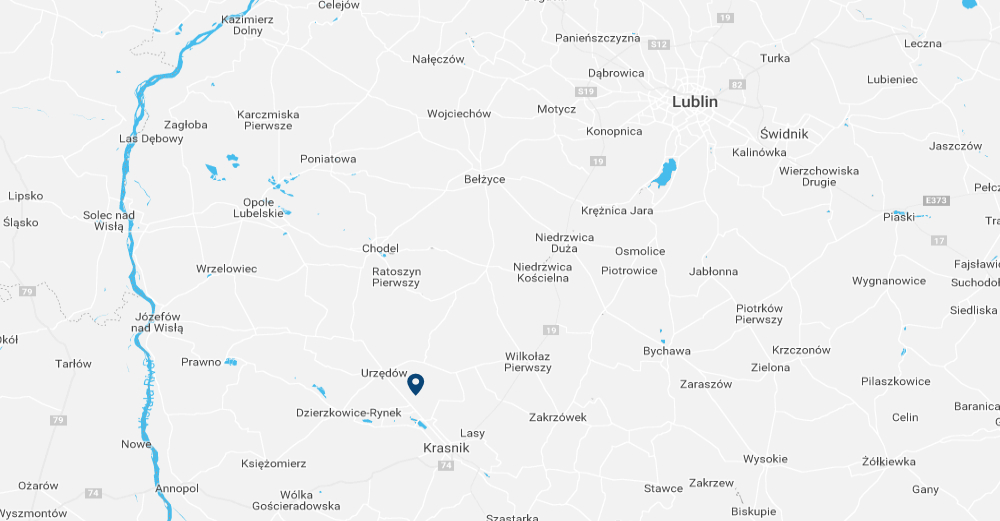When selecting bearings for specific purposes there should be taken into consideration their characteristic features which defines in what conditions they perform best, or in contrary in what condition that given type should not be used.
Basic criterion which have influence on bearing selection are:
- dimension boundaries of bearings,
- value and direction of load,
- rotational speed,
- possible limitations due to non-concentricity,
- requirements regarding accuracy and vibration level,
- stiffness of bearing mounting.
In general, at least one of main dimension is constrained due to the machinery design – predominantly it is the bore diameter.
Ball bearings are commonly used for shafts with small diameters. They have moderate radial load carrying ability and axial one, especially in case of greater radial clearances. For shafts with great diameters it is common to use tapered roller bearings and cylindrical roller bearings, as well as in some solutions deep groove ball bearings.
If the boundary conditions restricts the be- aring width it is typical to choose standard single-row cylindrical roller bearings and deep groove ball bearings with decreased width.





